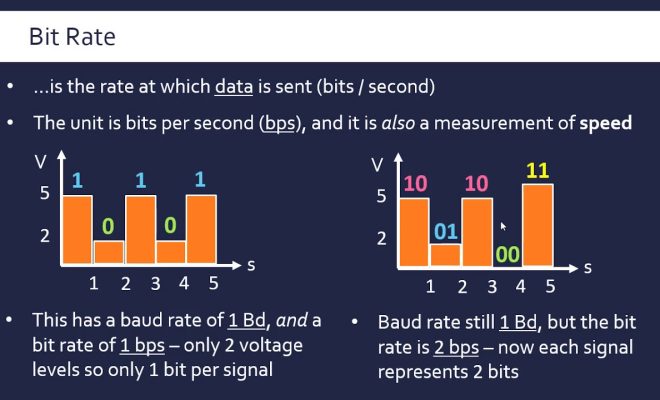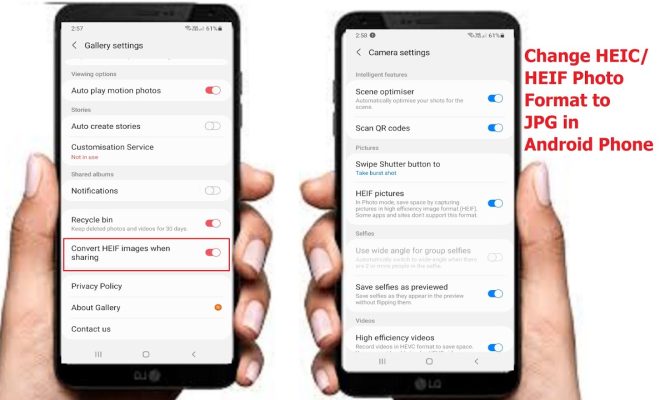Bits Per Second Explained

Bits per second, or bps, is a measure of data transmission speed in telecommunications and computing. It refers to the number of bits, the basic unit of information, that can be transmitted in one second.
To understand bits per second, we first need to understand what a bit is. A bit is a basic unit of digital information that can have a value of either 0 or 1. It is the smallest piece of data that can be transmitted and processed by a computer.
Now, let’s take an example. If we want to send a text message containing the word “hello”, we need to transmit five characters: h, e, l, l, and o. Each character is represented by eight bits, which means we need to transmit a total of 40 bits to send the entire message.
If we have a transmission speed of 100 bps, it would take 0.4 seconds or 400 milliseconds to transmit the entire message. However, if the transmission speed is higher, say 1,000,000 bps, then the same message would be transmitted in just 0.00004 seconds or 40 milliseconds.
In other words, the higher the bits per second rate, the faster the data can be transmitted. This is why faster internet speeds allow us to download and stream videos and other data-heavy content quickly and smoothly.
Bits per second is not only important for internet speed but also for other telecommunication technologies such as modem speeds, Ethernet communication speeds, and even in measuring the performance of computer peripherals like hard drives and flash drives.
To sum up, bits per second is a crucial metric that determines the speed and efficiency of data transmission. It helps us understand how quickly data can be transmitted, which is essential for enabling faster and more efficient communication and computing technologies. In today’s interconnected world, the importance of bits per second cannot be overstated.





